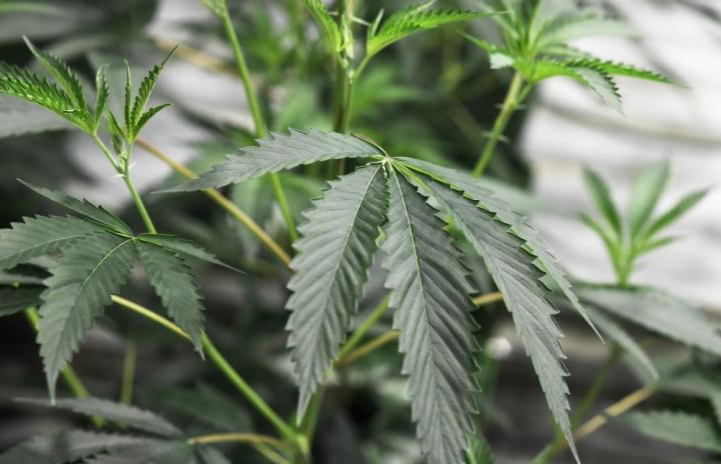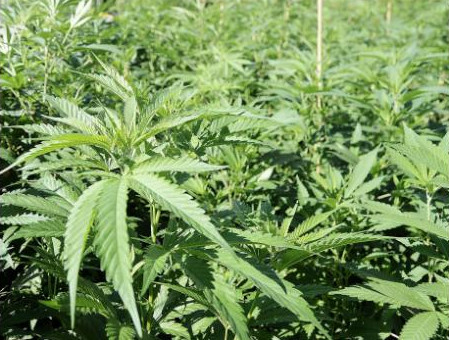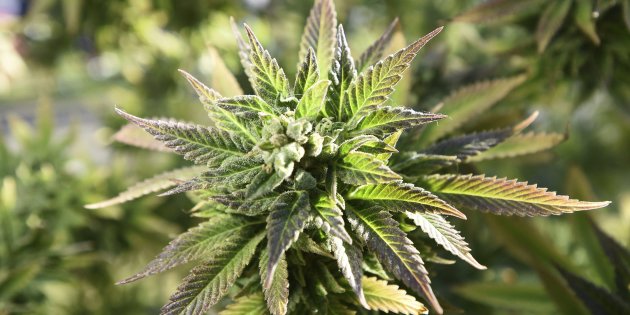Gradually, the use of cannabis for the medicinal purpose is becoming widely acceptable in the United States, while states such as Washington and Colorado are fully utilizing the towering, and luscious grow operations. States have certainly seen the potential benefits of this expansive industry; but unluckily, not all aspects of marijuana are green and good. One of the greatest challenges this industry is yet to overcome is the problem of energy consumption. According to multiple sources, this issues is creating an alarmingly massive energy footprint.
According to the Director of Industry Analytics in Washington DC, a kilogram of cultivated cannabis results in 4.3 tons of carbon IV oxide. To elaborate, this value equates to approximately six cross-country road trips in a standard automobile. Grow operations in the United States take up about $6 billion every year in energy. This consumption is about one percent of United States’ entire energy usage. Therefore, for all the advantages that cannabis has created for medical uses and select economies, there is a glaring disadvantage within the energy sector left behind by the miraculous plant, and the problem is one that requires an immediate remedy.
First and foremost, businesses in the marijuana industry should be aware of the effects that the grow operations create on the United States energy footprint. If marijuana growers fail to take action to make their grow operations greener and more energy efficient, the long-term implication of these failures could serve to hinder the expansion of the cannabis industry.
The impact of growing operations on energy is apparent to marijuana experts, and the most famous cannabis cultivating states are taking actions to increase awareness and minimize the use of energy. States such as Colorado, Oregon, Washington, and California are already utilizing energy efficient mechanisms as solutions to the potentially detrimental issue. A significant part of these measures involves offsetting the national grid power with energy from renewable sources such as solar. Other methods utilized include the use of energy saving devices such as LED lighting systems.
Despite these measures, there are some obstacles that need overcoming to make the cannabis industry more energy efficient. It appears that two particular issues are hindering the green shift from taking place. One of these aspects is the growers hesitant to alter their sources of lighting since this technique will change their crops’ recipe. In an industry such as this, where every crop cycle can make or break the cannabis business, it is understandable why producers of marijuana would prefer sticking with what has always worked for them than utilizing new techniques of energy efficient lighting.
Another dilemma, which is currently becoming less significant, is the black-market perception that cannabis growers and business owners get about their enterprises. Due to the stigma placed by the federal government upon cannabis, it has become quite difficult for the energy and marijuana sector to work together towards ensuring energy-efficient practices. Fortunately, energy companies in Colorado and Oregon are taking the initiative to make marijuana cultivation even greener.













